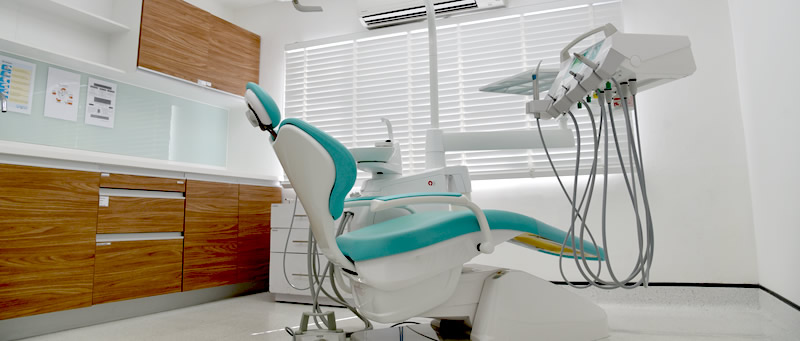DENTAL BRIDGES TREATMENTS

What is a Dental Bridge?
Dental Bridges are used to replace one or two missing gaps between healthy adjacent teeth. A dental bridge is composed of two or more crowns for the teeth on either side of the gap. The side existing teeth acts as anchoring teeth called abutment teeth. A false is called a pontic is made between the abutment teeth.
Benefits of Dental Bridge
Dental bridges can restore your smile and the ability to properly chew and speak as it distribute the forces in your bite properly by replacing missing teeth. Having teeth replaced maintains the shape of your face and prevent remaining teeth from shifting out of position into the missing gap.
Dental Bridges / Dental Crowns Materials
Dental Bridges are composed of at least 2 or more units of dental crowns. Similiar to Dental Crowns, Dental Bridges may be made from a combination of porcelain with dental and gold alloys or may be all ceramic including:
1) Porcelain Fused to Metal Alloy (PFM)
Porcelain fused to metal alloy crowns or PFM bridges consists of an outer porcelain surface with a internal metal alloy base. The PFM crowns differs with percentage of gold within the metal base alloy . The higher the gold content, the more adaptable the crowns.
2) All Ceramics
There are various types of ceramics used in dental bridges and dental crowns. Zirconia ceramics are one of the strongest ceramics and may be used to form dental bridges.
- IPS Empress eMax
- Cercon
- Procera
Type of Dental Bridges
1) Traditional Dental Bridge
Traditional dental bridges involve creating a crown for the tooth or implant on either side of the missing tooth, with a pontic in between. Traditional bridges are the most common type of bridge and provides good stability.
2) Implant Supported Dental Bridges
Bridges on dental implants are options to replace multiple missing gaps without the need of tampering exsiting teeth. Dental Implant supported bridges enables mutliple missing gaps in one row to be replaced.
3) Cantilever Dental Bridges
Cantilever dental bridges are when a pontic is supported only by one side to the missing gap. Cantilever bridges are not commonly done as it places large force on the supporting abutment tooth relative to traditonal bridge where the biting force is distrbuted across 2 or more teeth.
4) Maryland Dental Bridges
Maryland dental bridges consists of crown with metal or porcelain wings on each side of the dental bridge that are bonded to the back of existing teeth. Maryland bridges are may have a tendency to becoime dislodge as they are not as securely capped over abutment teeth.























